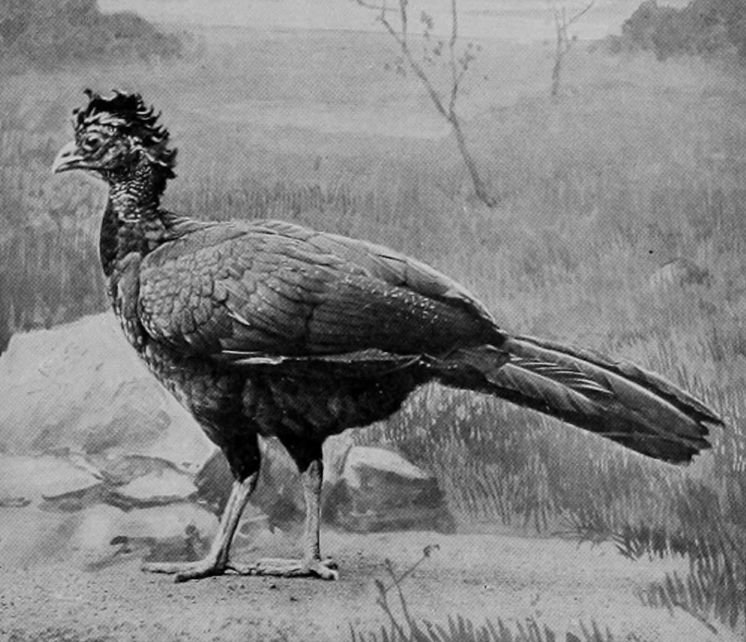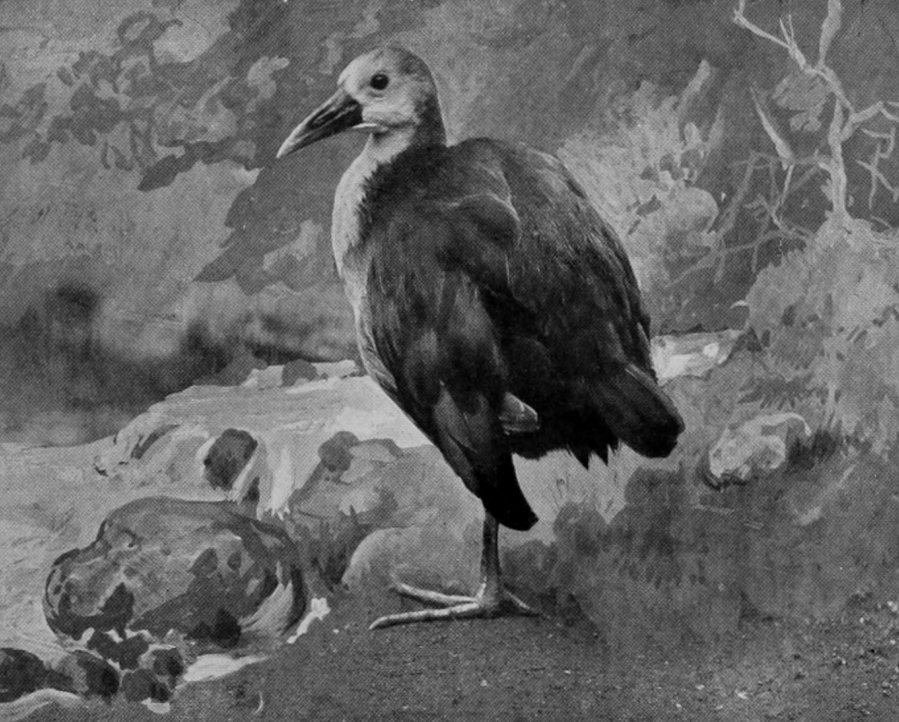Abyssarianism September 17, 2021, Supplement Friday, Email Message by Cupideros
https://www.gutenberg.org/files/60718/60718-h/60718-h.htm

Self-Awareness and Other-Awareness dominates a lot of Abyssarianism. However, most do not get proper about of time making observations. Hence, the exercise below.
Go to the link above. Now, you can read the whole book, but not in one sitting, I suppose. So, I devised an Abyssarianism plan.
You know the first letter of your first and last name, right?
Go to this link, and then, under the Book II Birds chapter list, read about a bird that starts with the first letter of your first name.
If you cannot find a bird with the first letter of your first name, then look for a bird with the first letter of your last name. If this does not work, then use the first letter of your middle name. For the ambitious, you can read one block about each bird in every letter of your first name. The whole point of this exercise is not the structured learning, per se, but being able to learn spontaneously. Randomly curation of knowledge helps your brain/mind. Your Soul will find the information not random at all.
Once done, you can read more of any other bird or in the book on the link if you want. That is up to you.
If you get bored frequently (teenagers usually, or those trying to break bad habits), go to this page and read as instructed above. Or just read the book, it is interesting. You might want to download the book for reading on another Abyssarianism Religious Day or any other day.
P.S. If you cannot get to the link, they try using a different browser.
P.S.S. So, here is an example if I used Cupideros.
- First, I’d scan this list below and find the link for Bustards and Cranes.
- I’d open the link to a new tab.
- I’d use the “Find” button, by clicking on the three dots in the upper right hand corner. Scanning the list, I’d see “Find” right after the “Cast” button.
- Click the “Find” button and then type in “Crane” no quotes though.
- You’ll see results of 15 “Crane” words. Use the down arrow to move through the “Cranes” words found.
- Next, I’d pick a “Crane” word and read it.
The Rails.
The Rails are all water-loving birds, dwelling in swamps or on the borders of lakes and streams. Although all swim easily, none have webbed feet. The flight is weak; several species, indeed, have lost this power altogether. The body is much compressed, enabling them to pass readily through the narrow interspaces of dense aquatic foliage. The Rails appear to be related on the one hand to the Game-birds, and on the other to the Cranes. In size they vary from a bird as large as a fowl to one as small as a lark.
One of the commonest of the Rails is the Corn-crake, more commonly, perhaps, known as the Land-rail. Its curious grating cry is one of the commonest sounds which the summer brings with it, and one possessing a charm of its own. But rarely seen, it builds its nest in hay-fields, and, when the grass is being cut, sits so closely on its treasures that it is sometimes beheaded by the swinging scythe. In the autumn it falls not infrequently to the sportsmen when partridge-shooting. The corn-crake leaves in the winter for the more congenial climate of Africa, a feat that seems wonderful when its feeble powers of flight are considered. Its near relative the Water-rail is rather a handsome bird, but of shy and retiring habits.
The Weka-rail, a native of New Zealand, is one of the flightless forms to which we {413}have referred. It is about as large as a pheasant, but lacks its splendour, being soberly clad in brown and black. Unlike its relative, it breeds in a burrow, which it digs for itself by the aid of its bill. The name “weka” was given it by the Maoris.

The wings, though fairly large, are useless for flight
7. Being ambitious, I’d click the find button to 9/15 and read it.
The cranes, like many other birds, notably some of the Plover Tribe, occasionally indulge in spirited outbursts of dancing. Mr. Nelson, writing of the birds of Alaska, tells how one day he was watching two cranes enjoying themselves in this manner. The male suddenly “wheeled his back towards the female and made a low bow, his head nearly touching the ground, and ending by a quick leap into the air. Another pirouette brought him facing his charmer, whom he greeted with a still deeper bow, his wings meanwhile hanging loosely by his side. She replied by an answering bow and hop, and then each tried to outdo the other in a series of spasmodic hops and starts, mixed with a set of comically grave and ceremonious bows.”
Cranes vary much in general appearance. Some species have much of the skin round the head bare and brilliantly coloured, such as the Sarus Crane of India and the Crowned Crane.
Photo by L. Medland, F.Z.S.] [North Finchley.
WHITE-BACKED TRUMPETERS.
The trumpeters are very aberrant members of the Crane Tribe.

Photo by L. Medland, F.Z.S.] [North Finchley.
WHITE-BACKED TRUMPETERS.
The trumpeters are very aberrant members of the Crane Tribe.
8. That would be it for the day. The point is not to read all of them. The point is to pick up a little bit of random knowledge. Just have a little fun learning again!
9. Abyssarians, you can do this with any Gutenberg Project book, and it is best to use old pre-1910 books.
AN INTERESTING DESCRIPTION OF BEASTS, BIRDS, FISHES
REPTILES, INSECTS, Etc., WITH AUTHENTIC ANECDOTES
VOL. II.
BIRDS, REPTILES AND
AMPHIBIANS, FISHES
JOINTED ANIMALS
MOLLUSCS, Etc.
BY
W. F. KIRBY, F.L.S.
SIR HERBERT MAXWELL, F.R.S.
W. P. PYCRAFT, A.L.S., F.Z.S.
F. G. AFLALO, F.Z.S.
W. SAVILLE-KENT, F.L.S., F.Z.S.
JOHN BICKERDYKE, M.A.
THEODORE WOOD, F.E.S.
WITH
643 ILLUSTRATIONS
(INCLUDING 12 COLOURED PLATES)
Photo by W. P. Dando, F.Z.S., Regent’s Park
London: HUTCHINSON & CO., Paternoster Row
PRINTED BY
HAZELL, WATSON AND VINEY, LD.,
LONDON AND AYLESBURY.
VOL. II.

Leave a Reply
You must be logged in to post a comment.